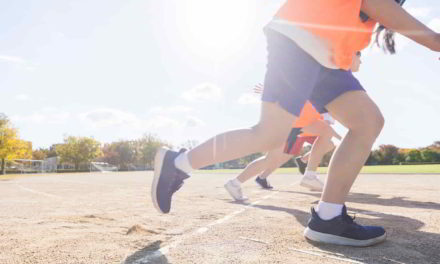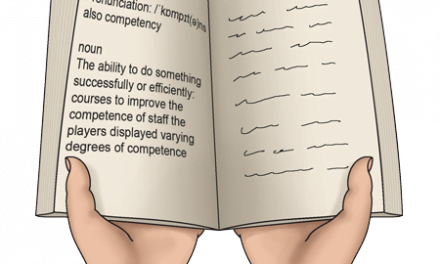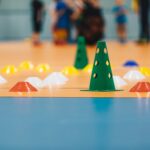“Reading is the gateway to learning. It is the key to pupils’ future academic achievement and well-being. Pupils who struggle to read words accurately quickly fall behind their peers. They read less and do not accumulate the necessary background knowledge and vocabulary from reading.”
Literacy is arguably the most important hard skill that a child requires to be successful, both academically and in life. To support pupils in improving their literacy skills, schools ask each department to ensure that they are delivering content which supports and underpins the whole school literacy programme. In this blog, we explore strategies to raise literacy standards in PE without compromising the amount of time in which pupils are physically active.
Possibly the most effective way to promote literacy in PE lessons is to promote and highlight subject-specific keywords in your teaching practice. This could include a display of keywords in your teaching area, but most importantly the students need to hear you using the keywords appropriately and repeatedly to comprehend their meaning and begin to use them in their lexicon. Use actions to support the understanding of the keywords, and test the pupils on their understanding of them during plenaries.
Verbal cues
To further support the learning of keywords, you could use a concept called ‘say it better.’ This requires you to challenge the pupils to improve their verbal responses by including the use of keywords. For example, if a pupil told you that one of their strengths was “using the badminton bat to softly hit the thing over the net”, you could challenge them to ‘say it better’ with the use of keywords including racket, shuttle and drop shot. This improves both their understanding of the concept of a drop shot and their use of keywords.
A similar technique that can also be used to improve literacy when students are completing performance analysis in their physical activity is to continue to ask ‘why?’ when pupils give you an answer. For example, if you are discussing why a netball centre pass isn’t effective, continue to ask the group ‘why?’ until they can verbalise why the strategy isn’t working. This not only encourages the use of keywords. but also encourages the students to consider their physical actions rather than being passive learners.
Include games
Another strategy to ensure that literacy is high-profile in your PE lessons is to include word-based games in your warm-up. A particularly effective strategy is to place several cones in your teaching space. Each cone must have a single letter written on the underside. Pupils can complete shuttle runs to each cone, remember their letter and then collate all the letters they have found to try and unscramble a PE-related word – great both for fitness and promoting literacy! This could also be applied to an OAA course with a letter or a cryptic clue at each marker.
A similar idea could be applied to a racket sport such as badminton or table tennis – each area of the court or table could have a letter assigned to it, and when a pupil hits that area, they are given that letter. Once they have all of the letters, they must unscramble a keyword.
Remember, that literacy is rightly a very high priority with OFSTED, and that if your department is subjected to a deep dive, it is highly likely that literacy development will be a key area that is looked at. Ensure that you have a strategy that works for you and that everyone in your department applies this strategy.
Visit PE Office for essential PE resources that can help assist you and your department deliver PE lessons. Call 01909 776 900, or send an email to mail@peoffice.co.uk for more information.









